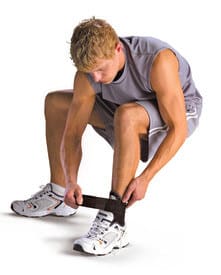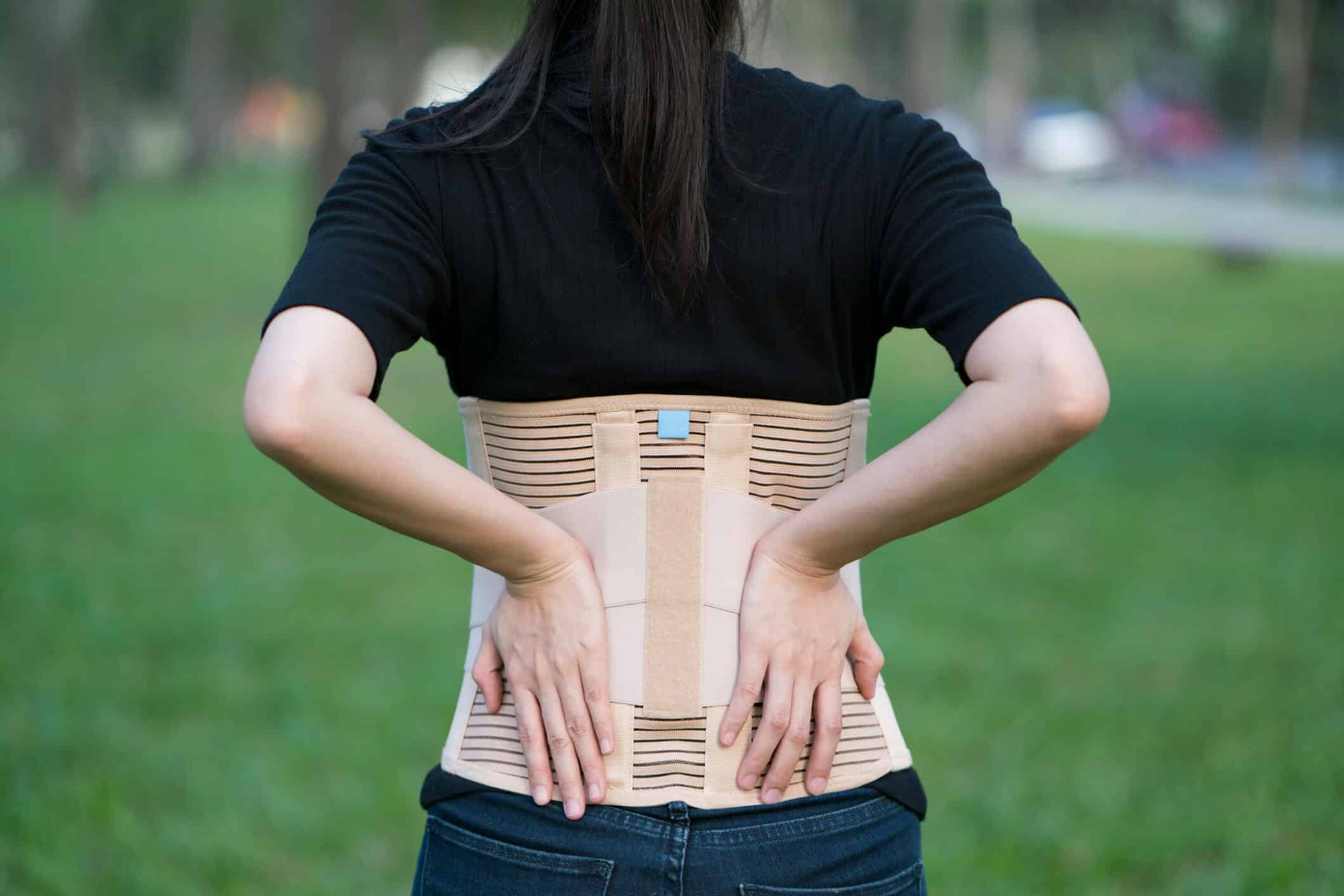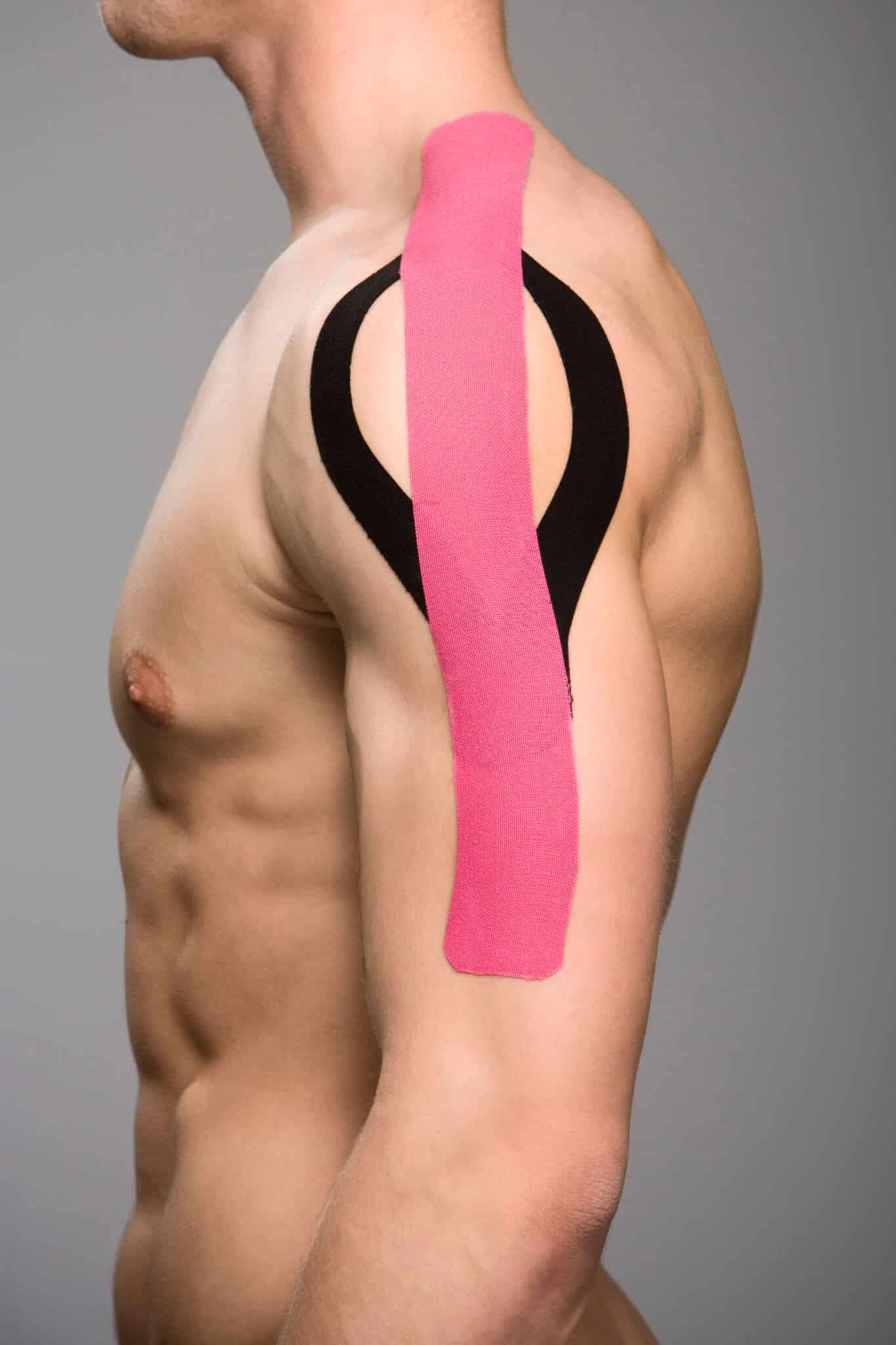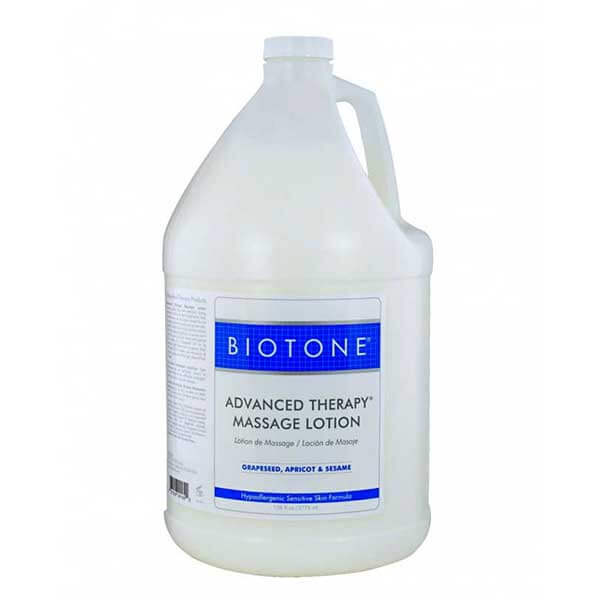Your ability to obtain chiropractic supplies at attractive wholesale prices is critical to the success of your practice. At Dunbar Medical, we have a long history of serving the chiropractic profession and providing high-quality chiropractic supplies and equipment to practices across Toronto, Mississauga and Canada.
We carry a wide range of high-quality chiropractic supplies that cover all price points and are made by the most reliable brands in the industry. Our chiropractic supplies coupled together with a recommended program of therapeutic exercises and stretches from your practice will ensure your patients quickly recover to full health.
Chiropractors focus on diagnosing and treating neuromuscular disorders, with an emphasis on treatment through manual adjustment or manipulation of the spine. To support their practice, chiropractors rely on a variety of medical supplies to assist in diagnosis, treatment, rehabilitation, and overall patient care. Below is a description of the typical medical supplies chiropractors commonly purchase:
Wholesale Chiropractic Supplies
1. Chiropractic Tables
Chiropractic tables are the cornerstone of any chiropractic office. These specialized tables are designed to allow patients to lie comfortably in various positions for spinal adjustments and other manual therapies. They often feature adjustable sections to support different parts of the body, such as the head, chest, and legs, and may include features like drop pieces, which assist in manual thrusts during spinal manipulation. Popular types include:
- Flexion-Distraction Tables: Used for decompression therapy and spinal traction.
- Elevation Tables: Adjust height to suit the chiropractor’s comfort and the patient’s needs.
- Decompression Tables: Designed for non-surgical spinal decompression therapy.
2. Electrotherapy Devices
Chiropractors often use electrotherapy to reduce pain, inflammation, and muscle spasms. These devices use electrical impulses to stimulate muscles and nerves. Common types of electrotherapy equipment include:
- Transcutaneous Electrical Nerve Stimulation (TENS) Units: Small, portable devices that deliver electrical stimulation to reduce pain.
- Interferential Current (IFC) Machines: Used for deeper muscle stimulation and pain relief.
- Electrical Muscle Stimulation (EMS) Devices: Stimulates muscles to contract, which helps in strengthening and rehabilitation.
3. Cold and Heat Therapy Supplies
Chiropractors use hot and cold therapies to treat inflammation, pain, and stiffness. Heat relaxes tight muscles and improves circulation, while cold therapy reduces inflammation and numbs painful areas.
- Ice Packs and Cold Compresses: Used for cold therapy to reduce swelling and inflammation, especially after adjustments or injury.
- Heat Packs and Heating Pads: Provide moist heat therapy to relax tight muscles and improve flexibility.
- Hydrocollator Units: Heat water to warm reusable hot packs used in therapy sessions.
4. Therapeutic Ultrasound Units
Therapeutic ultrasound machines are commonly used by chiropractors to treat deep tissue injuries, reduce pain, and promote healing. The ultrasound waves generate heat, increasing blood flow to affected areas and aiding in the recovery of soft tissues. Chiropractors use these devices to treat conditions like muscle spasms, tendonitis, and ligament injuries.
5. Rehabilitation and Exercise Equipment
To help patients recover from injuries, improve strength, and enhance mobility, chiropractors may provide exercises and physical rehabilitation programs. They purchase various rehabilitation tools, including:
- Resistance Bands and Tubing: Used to strengthen muscles and improve range of motion.
- Balance Boards and Stability Balls: Help patients improve coordination, balance, and core strength.
- Foam Rollers: Aid in myofascial release, improving flexibility, and reducing muscle tightness.
- Therapeutic Weights: Light dumbbells, ankle weights, or weighted vests for rehabilitation exercises.
6. Orthopedic Supplies
Chiropractors often recommend orthopedic supports and braces to help patients manage musculoskeletal conditions, support healing, and prevent re-injury. Common orthopedic supplies include:
- Lumbar Support Belts: Provide additional back support for patients with chronic lower back pain.
- Knee and Ankle Braces: Support joints and promote healing during rehabilitation from injury or surgery.
- Cervical Pillows: Specially designed pillows to support proper alignment of the spine and neck during sleep.
- Arch Supports and Orthotic Insoles: Used to correct improper foot alignment and relieve pressure on joints.
7. Kinesiology Tape
Kinesiology tape is widely used in chiropractic care for injury support, pain relief, and enhanced performance during physical activities. The tape is applied to muscles and joints to provide support without restricting movement, promoting healing by improving circulation. It’s commonly used for treating conditions like sprains, muscle strains, and tendonitis.
8. Laser Therapy Devices
Cold laser therapy, also known as low-level laser therapy (LLLT), is used by chiropractors to reduce pain, inflammation, and promote tissue repair. The device emits light that penetrates the skin to stimulate cellular function, which accelerates healing in tissues such as muscles, ligaments, and nerves. Laser therapy is particularly beneficial for treating soft tissue injuries and chronic pain conditions.
9. Trigger Point Tools
Chiropractors frequently treat trigger points, or “knots” in muscles, which can cause pain and restrict movement. To address this, they often use tools designed to apply precise pressure to these points, helping to release tension and reduce discomfort. Common tools include:
- Trigger Point Rollers: These small, handheld devices help apply pressure to trigger points in the muscles.
- Massage Balls: Used for targeted pressure therapy on tight areas in the back, shoulders, or hips.
10. Chiropractic Adjusting Tools
In addition to manual adjustments, some chiropractors use specialized tools to assist with spinal manipulations, especially for patients who may require a gentler approach. These tools help provide more precise, controlled adjustments:
- Activator Adjusting Instruments: A spring-loaded tool that delivers a gentle impulse to the spine or extremities, commonly used in a technique known as the Activator Method.
- Impulse Adjusting Instruments: Another form of a hand-held device that delivers quick, targeted thrusts to the spine to restore proper alignment.
11. Diagnostic Tools
Chiropractors often use diagnostic equipment to assess the condition of the spine, joints, and muscles. These tools help them evaluate posture, identify misalignments, and measure patient progress. Common diagnostic tools include:
- Posture Assessment Tools: Used to assess the patient’s alignment and detect spinal deviations.
- Goniometers: Measure the range of motion in joints, helping chiropractors track rehabilitation progress.
- Infrared Thermography: Used to detect areas of inflammation by measuring temperature variations along the spine.
12. General Medical Supplies
Chiropractors, like other healthcare professionals, need basic medical supplies to maintain hygiene and provide general care during consultations. These include:
- Disposable Gloves: For maintaining hygiene during physical exams and treatments.
- Disinfectants and Cleaners: For cleaning chiropractic tables and equipment between patients.
- Patient Gowns and Towels: Used during treatments to ensure patient comfort and modesty.
- Bandages and Wraps: For managing sprains, strains, and other minor injuries.
Conclusion
Chiropractors rely on a wide array of medical supplies, ranging from chiropractic tables and adjusting tools to rehabilitation equipment and diagnostic devices. These products support a range of treatments focused on improving spinal alignment, relieving pain, and aiding in patient recovery. Each tool plays a critical role in ensuring that patients receive comprehensive care tailored to their individual needs.
Shop Our Chiropractic Supplies Below
Below you will find our recommended categories of chiropractic supplies you may need for your practice. If there is anything that you need to fill your wholesale purchases of chiropractic supplies, but cannot find on this site, please let us know. We are able to source most items and have them available for shipping in a short time frame.
Planning Your List Of Wholesale Chiropractic Supplies
In planning your wholesale chiropractic supplies shopping list, we suggest that you give priority to those supplies that are reusable or that can be used in more than one type of procedure. These types of supplies will have greater revenue-generating potential than single-use items or those that are specific to a single procedure.
You will also find it beneficial to make a list of the pricing markups you will be charging for each major procedure as well as the supplies you need for that procedure. Then give the highest priority to the supplies needed for the procedures with the highest markup. These supplies should then be given the highest priority for inclusion on your wholesale chiropractic supplies shopping list.
Don’t forget to give us a call at 1-800-265-7126 if you have any questions about the products on this site. Other possible sources of useful information are our pages on How Our Products Work and on Treating & Managing Sports Injuries.













